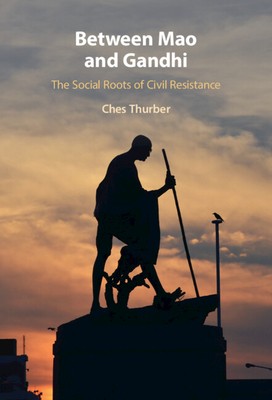
- We will send in 10–14 business days.
- Author: Ches Thurber
- Publisher: Cambridge University Press
- ISBN-10: 1108844065
- ISBN-13: 9781108844062
- Format: 15.2 x 22.9 x 1.8 cm, kieti viršeliai
- Language: English
- SAVE -10% with code: EXTRA
Reviews
Description
From Eastern Europe to South Africa to the Arab Spring, nonviolent action has proven capable of overthrowing autocratic regimes and bringing about revolutionary political change. How do dissidents come to embrace a nonviolent strategy in the first place? Why do others rule it out in favor of taking up arms? Despite a new wave of attention to the effectiveness and global impact of nonviolent movements, our understanding of their origins and trajectories remains limited. Drawing on cases from Nepal, Syria, India and South Africa, as well as global cross-national data, this book details the processes through which challenger organizations come to embrace or reject civil resistance as a means of capturing state power. It develops a relational theory, showing how the social ties that underpin challenger organizations shape their ability and willingness to attempt regime change using nonviolent means alone.
EXTRA 10 % discount with code: EXTRA
The promotion ends in 22d.04:18:54
The discount code is valid when purchasing from 10 €. Discounts do not stack.
- Author: Ches Thurber
- Publisher: Cambridge University Press
- ISBN-10: 1108844065
- ISBN-13: 9781108844062
- Format: 15.2 x 22.9 x 1.8 cm, kieti viršeliai
- Language: English English
From Eastern Europe to South Africa to the Arab Spring, nonviolent action has proven capable of overthrowing autocratic regimes and bringing about revolutionary political change. How do dissidents come to embrace a nonviolent strategy in the first place? Why do others rule it out in favor of taking up arms? Despite a new wave of attention to the effectiveness and global impact of nonviolent movements, our understanding of their origins and trajectories remains limited. Drawing on cases from Nepal, Syria, India and South Africa, as well as global cross-national data, this book details the processes through which challenger organizations come to embrace or reject civil resistance as a means of capturing state power. It develops a relational theory, showing how the social ties that underpin challenger organizations shape their ability and willingness to attempt regime change using nonviolent means alone.


Reviews